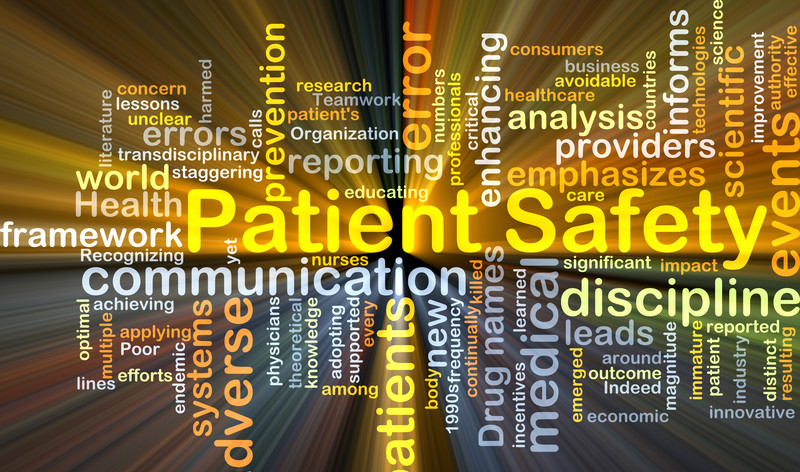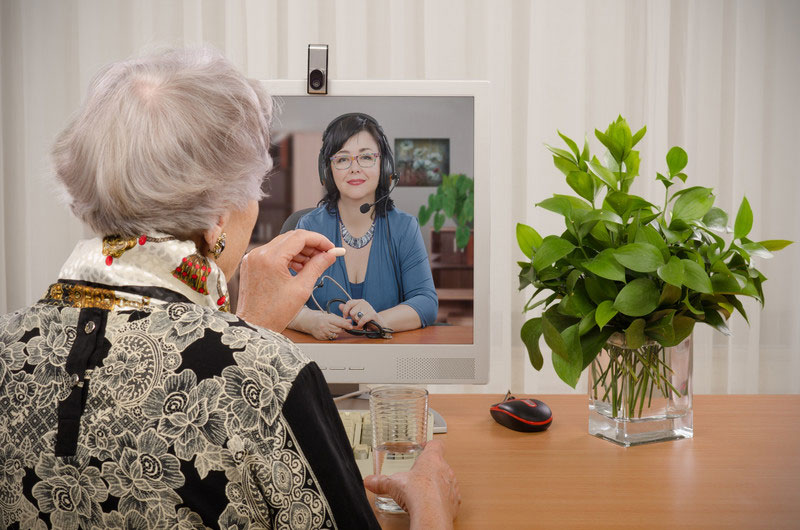As a medical transcription company, we know that accurate patient data is crucial for providing optimal patient care. When a patient falls sick, he/she first goes to a primary care physician. Primary care physicians are the logical basis of an effective healthcare system that assures high quality care, good patient satisfaction and efficient use of resources. Moreover, primary care physicians also have the right patient data that can be shared among multiple providers that may be treating the patient. A strong physician-patient relationship is essential to ensure better healthcare and patient satisfaction. Proper communication and trust helps to build good rapport between the patient and the doctor and it also helps the patients recover quickly.

According to a study published in JAMA Internal Medicine, receipt of primary care is linked to high value care and better patient experience. According to David M. Levine, MD, MPH, Brigham and Women’s Hospital, Harvard Medical School, Boston, and colleagues, receipt of primary care is associated with more high-value care, and better respondent access and experience.
There are many countries that organize their healthcare system around primary care. The value of primary care is still a debated topic in the US Healthcare sector. The study mentioned above was conducted to know whether receipt of primary care affected the quality and experience of outpatient care in the United States. The researchers gathered data from adults aged 18 years or older. They compared 49,286 adults who received primary care to 21,133 who were without primary care during the study period 2012 to 2014. They compared the performance in 39 clinical quality measures and seven patient experience measures. The outcomes were aggregated into high- and low-value quality composites, an overall patient experience rating, and experience composites.
From the study they found that for each year the frequency with which healthcare was used by adults with primary care was similar to that of adults without primary care. The mean number of the groups were, emergency department visits (0.2 for both; P = .17), outpatient visits (6.7 vs. 5.9; P = .11), and inpatient encounters (0.1 for both; P = .92). Patients with primary care received significantly more high value care in 4 or 5 composites than those without primary care did. This included high-value cancer screening, recommended diagnostic and preventive testing, high-value counseling, and among those with diabetes, high-value diabetes care. There was no significant difference in the proportion with and the proportion without primary care who received high value medical treatment such as statins for dyslipidemia.
With these findings, the healthcare system leaders and policymakers are looking for new ways to improve value in primary care. Allan H. Goroll, MD, Massachusetts General Hospital, Harvard Medical School, Boston suggested that underfunding primary care is the major reason for the poor performance by the US Healthcare system. The findings by Levine and colleagues show the valuable contribution of primary care in the US healthcare system; they recommend that additional investments and practice reform can help use primary care to its full potential.
Goroll suggests some ways to use primary care:
- Changing the primary care payment model: The current payment model is retrospective fee for service structure which is undervalued. This should be changed to a risk adjusted, comprehensive prospective structure with enough resources to provide primary care.
- Diversion of funds: 3 percent net investment in US healthcare spending to primary care could maintain a high-performing primary care system. This diversion of funds should be attainable by making small reduction in wasteful spending.
- Relying on outcome measures rather than process measures, and providing more interdisciplinary training to improve physicians’ understanding of how the multidisciplinary, team-based model improves healthcare and workflow.
Primary care is important for patients as it provides a place to which patients can bring a wide range of health problems for appropriate attention. It also facilitates an ongoing relationship between patients and clinicians and fosters participation by patients in decision making about their health and their own care. A good doctor-patient relationship is vital to good health. Accurate medical documentation is also imperative. Today, most healthcare organizations hire medical transcription services to ensure reliable medical records. They offer customized services at affordable rates and also help physicians and other healthcare professionals focus more on providing quality patient care and service. The valuable time saved via outsourcing medical documentation also helps in building a strong doctor-patient relationship.
 Virtual visits are very useful for urgent care; these can truly provide an initial medical assessment of any injury or any temporary problems such as acne, tick bites, sinus, seasonal allergies, eye irritation, and strains and sprains that are clearly not life-threatening. With increase in the use of telemedicine and virtual visits, there will also be a consequential increase in the trend of
Virtual visits are very useful for urgent care; these can truly provide an initial medical assessment of any injury or any temporary problems such as acne, tick bites, sinus, seasonal allergies, eye irritation, and strains and sprains that are clearly not life-threatening. With increase in the use of telemedicine and virtual visits, there will also be a consequential increase in the trend of 






![Key Strategies to Improve Patient Satisfaction Scores in Surgery Centers [Infographic] Patient Satisfaction](https://www.medicaltranscriptionservicecompany.com/wp-content/uploads/2019/02/patient-satisfaction-scores-surgery-centers.jpg)